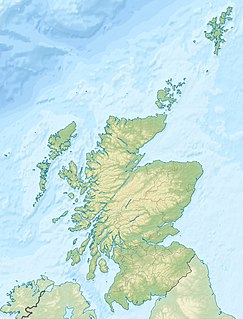 W
WThe Battle of Auldearn was an engagement of the Wars of the Three Kingdoms. It took place on 9 May 1645, in and around the village of Auldearn in Nairnshire. It resulted in a victory for the royalists, led by the Marquess of Montrose and Alasdair MacColla, over Sir John Urry and an army raised by the Covenanter-dominated Scottish government.
 W
WThe Battle of Alford was an engagement of the Scottish Civil War. It took place near the village of Alford, Aberdeenshire, on 2 July 1645. During the battle, the Royalist general James Graham, 1st Marquess of Montrose defeated the forces of the Covenanter-dominated Scottish government, commanded by William Baillie.
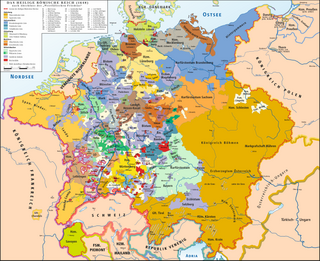 W
WThe Battle of Jankau, also known as Jankov, Jankow, or Jankowitz, took place in central Bohemia, on 6 March, 1645. One of the last major battles of the 1618 to 1648 Thirty Years War, it was fought between Swedish and Imperial armies, each containing around 16,000 men.
 W
WThe Siege of Bridgwater took place in July 1645, during the First English Civil War, when a Royalist garrison surrendered to a Parliamentarian force under Sir Thomas Fairfax.
 W
WThe Battle of Denbigh Green took place during the closing stages of the First English Civil War. Fought just outside the Royalist garrison of Denbigh, it has been described as probably the only action in the North Wales theatre of the war "meriting the description of battle".
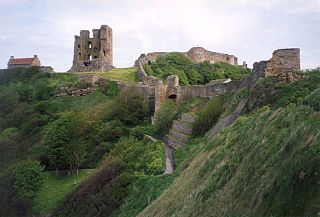 W
WThe Great Siege of Scarborough Castle was a major conflict for control of one of England's most important stone fortresses during the First English Civil War fought between the Parliamentarians and the Royalists loyal to King Charles I. In February 1645, Parliamentarians laid siege to Scarborough Castle. For five months, they bombarded it, destroying most of the keep, and engaged in bloody fighting before the defenders finally surrendered.
 W
WThe Battle of Herbsthausen, also known as the Battle of Mergentheim, took place near Bad Mergentheim, in the modern German state of Baden-Württemberg. Fought on 2 May 1645, during the Thirty Years War, it featured a French army led by Turenne, and a Bavarian force under Franz von Mercy.
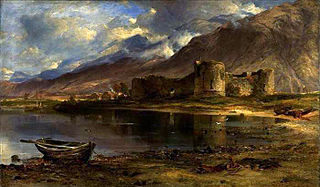 W
WThe Battle of Inverlochy occurred on 2 February 1645 during the Wars of the Three Kingdoms when a Royalist force of Highlanders and Confederate Irish troops under the overall command of James Graham, 1st Marquess of Montrose, routed and largely destroyed the pursuing forces of Archibald Campbell, 1st Marquess of Argyll, who had been encamped under the walls of Inverlochy Castle.
 W
WThe Battle of Kilsyth, fought on 15 August 1645 near Kilsyth, was an engagement of the Wars of the Three Kingdoms. The largest battle of the conflict, it resulted in victory for the Royalist general Montrose over the forces of the Covenanter-dominated Scottish Parliament, and marked the end of General William Baillie's pursuit of the Royalists.
 W
WThe Battle of Langport was a Parliamentarian victory late in the First English Civil War which destroyed the last Royalist field army and gave Parliament control of the West of England, which had hitherto been a major source of manpower, raw materials and imports for the Royalists. The battle took place on 10 July 1645 near the small town of Langport, which lies south of Bristol.
 W
WThe Battle of Naseby was a decisive engagement of the First English Civil War, fought on 14 June 1645 between the main Royalist army of King Charles I and the Parliamentarian New Model Army, commanded by Sir Thomas Fairfax and Oliver Cromwell. It was fought near the village of Naseby in Northamptonshire.
 W
WThe second Battle of Nördlingen was fought on August 3, 1645 southeast of Nördlingen near the village of Alerheim. France and its Protestant German allies defeated the forces of the Holy Roman Empire and its Bavarian Catholic league allies.
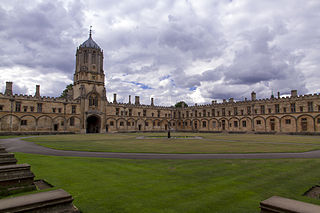 W
WThe Siege of Oxford refers to the English Civil War military campaigns waged to besiege the Royalist controlled city of Oxford, involving three short engagements over twenty-five months, which ended with a Parliamentarian victory in June 1646.
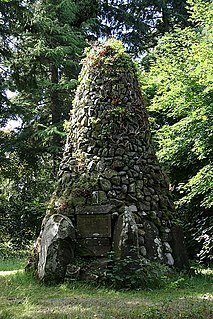 W
WThe Battle of Philiphaugh was fought on 13 September 1645 during the Wars of the Three Kingdoms near Selkirk in the Scottish Borders. The Royalist army of the Marquis of Montrose was destroyed by the Covenanter army of Sir David Leslie, restoring the power of the Committee of Estates.
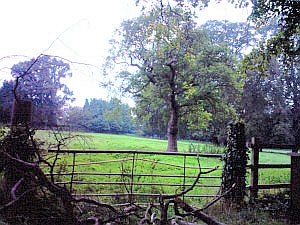 W
WThe Battle of Rowton Heath, also known as the Battle of Rowton Moor, occurred on 24 September 1645 during the English Civil War. Fought by the Parliamentarians, commanded by Sydnam Poyntz, and the Royalists under the personal command of King Charles I, it was a significant defeat for the Royalists, with heavy losses and Charles prevented from relieving the Siege of Chester.
 W
WThe Second Siege of Bristol of the First English Civil War lasted from 23 August 1645 until 10 September 1645, when the Royalist commander Prince Rupert surrendered the city that he had captured from the Parliamentarians on 26 July 1643. The commander of the Parliamentarian New Model Army forces besieging Bristol was Lord Fairfax.
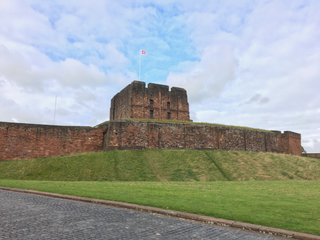 W
WThe Siege of Carlisle occurred during the First English Civil War when the allied forces of the Scottish Covenanters and the English Parliamentarians besieged Carlisle Castle which was held at the time by the English Royalist forces loyal to King Charles I. The siege took place in Carlisle, Cumbria from October 1644 to 25 June 1645.
 W
WThe Siege of Chester occurred over a 16 month period between September 1644 and February 1646 during the First English Civil War. In the engagement, Sir William Brereton and the Parliamentarians were ultimately successful in taking possession of the city and Royalist garrison commanded by Lord Byron.
 W
WThe Siege of Duncannon took place in 1645, during the Irish Confederate Wars. An Irish Catholic Confederate army under Thomas Preston besieged and successfully took the town of Duncannon in County Wexford from an English Parliamentarian garrison. The siege was the first conflict in Ireland in which mortars were utilized.
 W
WThe Siege of Hulst (1645) was the last major siege of the Eighty Years' War. The heavily fortified town of Hulst was conquered by Dutch troops commanded by Frederick Henry after only 28 days. The Spanish were informed of the siege only two days before it started. The Spanish army compromised 2,500 infantrymen and 250 cavalry. The Dutch attacked with a force of 12,500 infantry, 2,500 cavalry and 20 pieces of artillery.
 W
WThe sieges of Taunton were a series of three blockades during the First English Civil War. The town of Taunton, in Somerset, was considered to be of strategic importance because it controlled the main road from Bristol to Devon and Cornwall. Robert Blake commanded the town's Parliamentarian defences during all three sieges, from September 1644 to July 1645.
 W
WThe Battle of the Braes of Strathdearn was a Scottish clan battle that took place in 1645 in Strathdearn, Scottish Highlands. It was fought by the Clan Grant who defeated the Clan Cameron, after the Camerons had raided the Grant's lands.
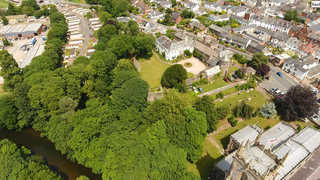 W
WThe Siege of Tiverton took place in October 1645 during the First English Civil War, when a Royalist garrison surrendered to a detachment of the New Model Army.
 W
WThe Torstenson war, Hannibal controversy or Hannibal War was a short period of conflict between Sweden and Denmark–Norway from 1643 to 1645 towards the end of the Thirty Years' War. The names refer to Swedish general Lennart Torstenson and Norwegian governor-general Hannibal Sehested.
 W
WThe Yangzhou massacre in May, 1645 in Yangzhou, China, refers to the mass killings of innocent civilians in Yangzhou by Manchu and defected northern Chinese soldiers, commanded by the Manchu general Dodo.